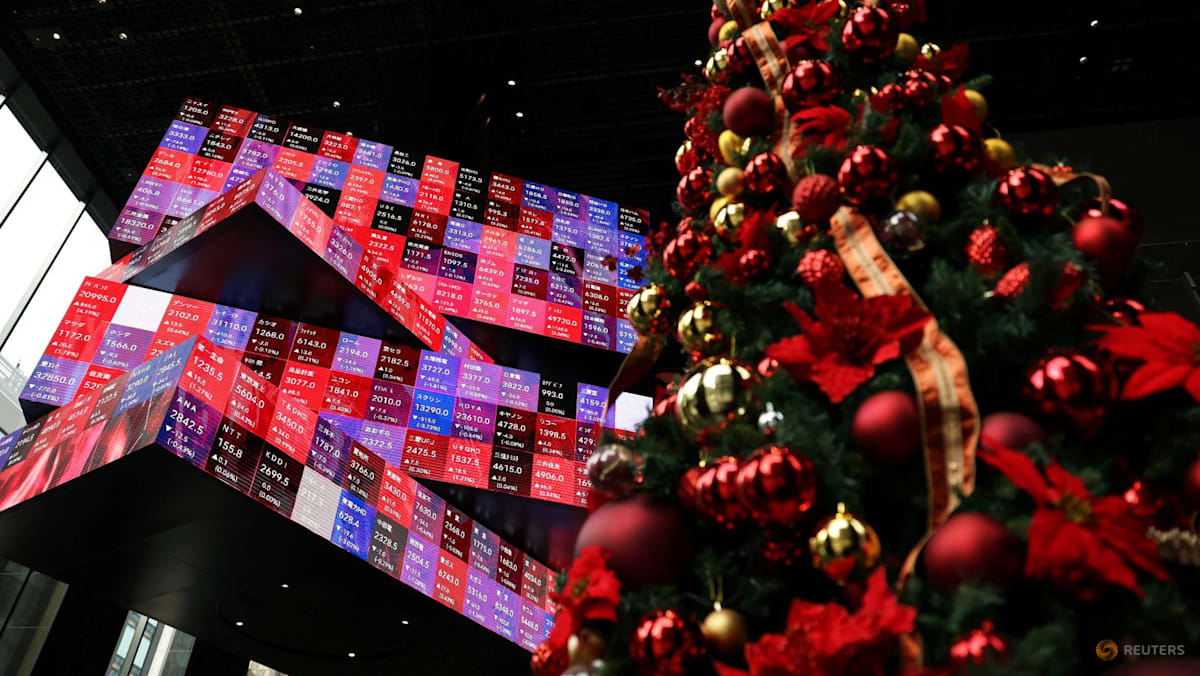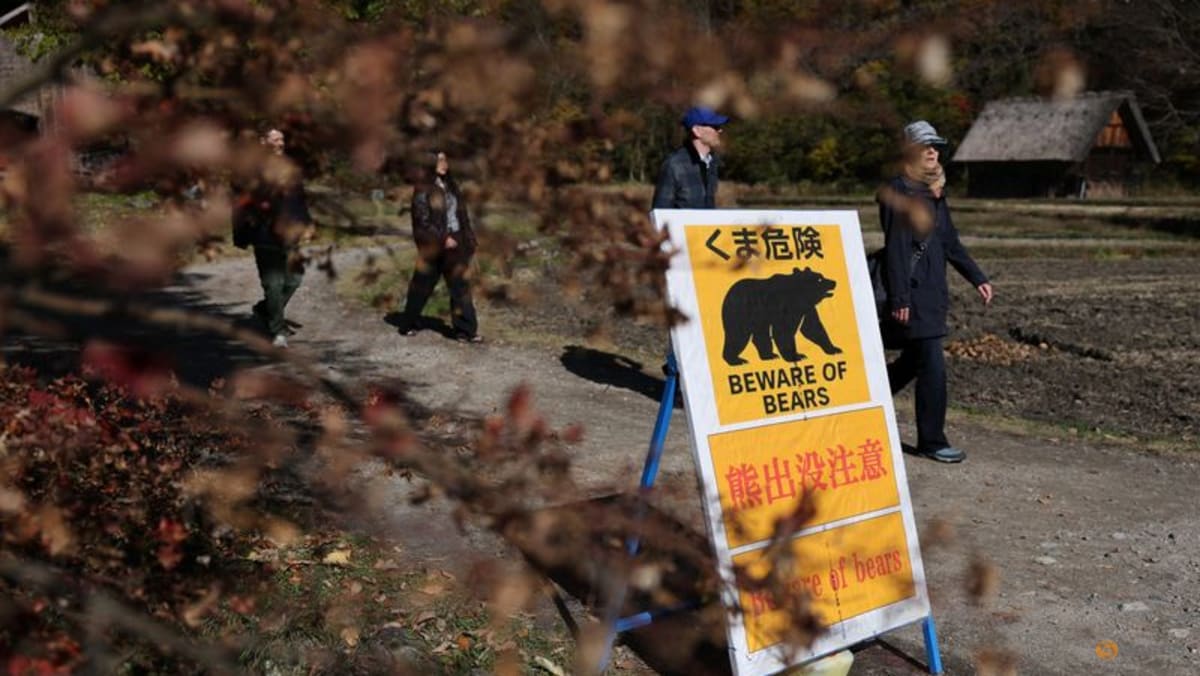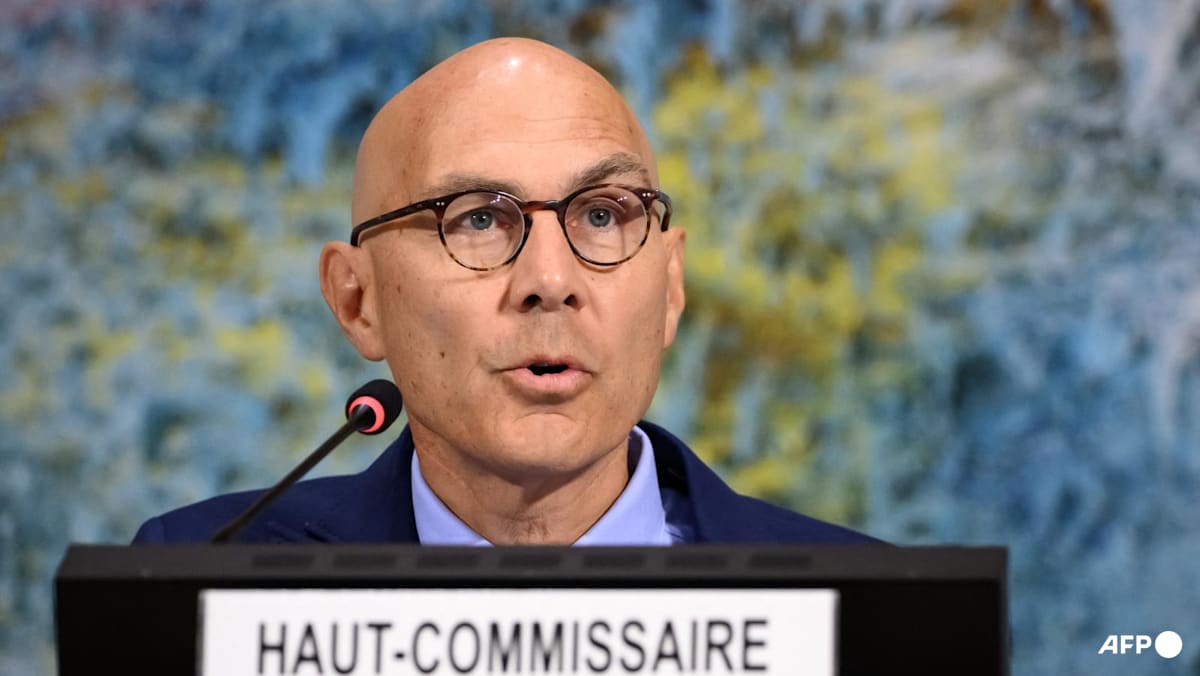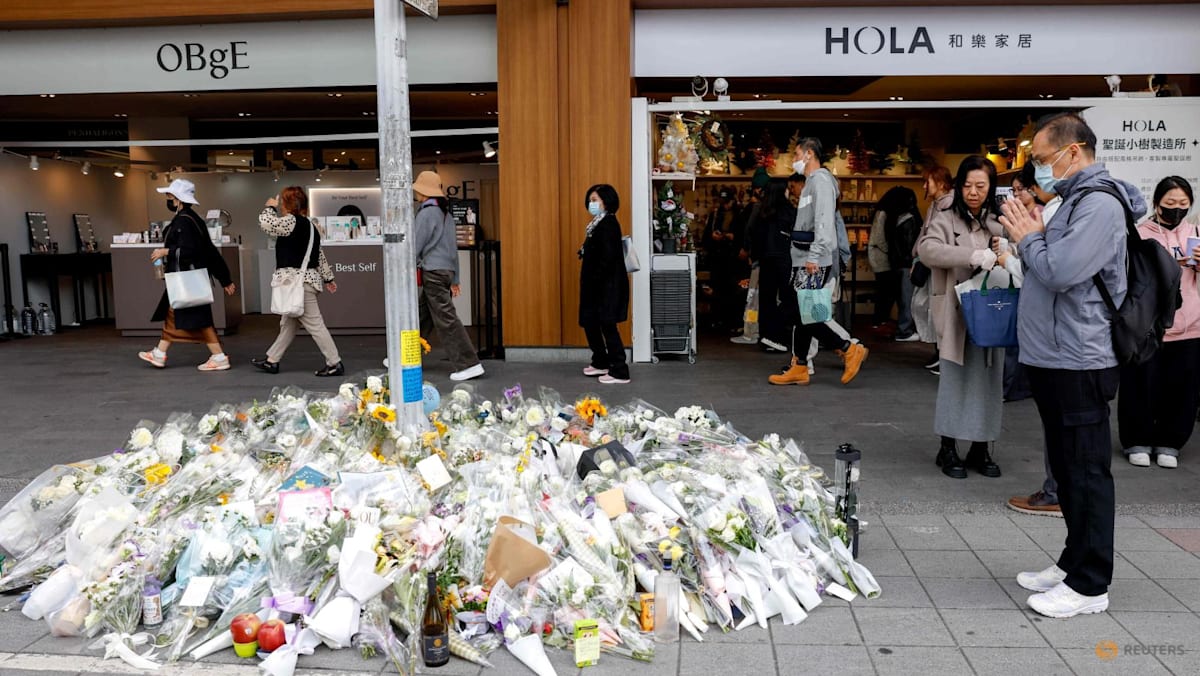What it’s like to visit Ghibli Park in Japan with two Totoro-loving kids

After Mei meets Totoro by stumbling into its lair inside a giant camphor tree (and falls asleep on its tummy), she and her sister encounter the creature a few more times and learn more about its magical powers. Eventually, as their mother’s condition appears to worsen, they call in some very important favours from Totoro and the wild-eyed cat bus.
Napier told me that Totoro illustrates an aesthetic that runs through the Ghibli catalogue, and which tends to be more ambiguous and subtle than Disney’s. She described it as “the immersive, low-key magic of being a human being connected with other things”.
“It’s a world that you like,” Napier, who is writing a book comparing Ghibli with Disney, said of Miyazaki’s animated universe. “But it’s also full of the unexpected and complex, and sometimes scary.”
Ghibli Park lies in Nagakute, a small city in the hills outside Nagoya, a few stops down a highway from an Ikea. There’s no Ghibli entrance gate, exactly; you just wander into an unremarkable municipal park and look around for the Ghibli sites for which you have reserved tickets months in advance.
The Grand Warehouse is a sleek, multi-storey building the size of a modest mall or sports arena, with plenty of sunshine streaming in through skylights. It sits near a grassy lawn, an ice rink and some future Ghibli sites that are under construction.
Inside, there are replicas of structures from the films, including the towering bathhouse from the Oscar-winning 2001 film Spirited Away, and dozens of made-for-Instagram tableaux of Ghibli scenes and props.
Source: CNA















